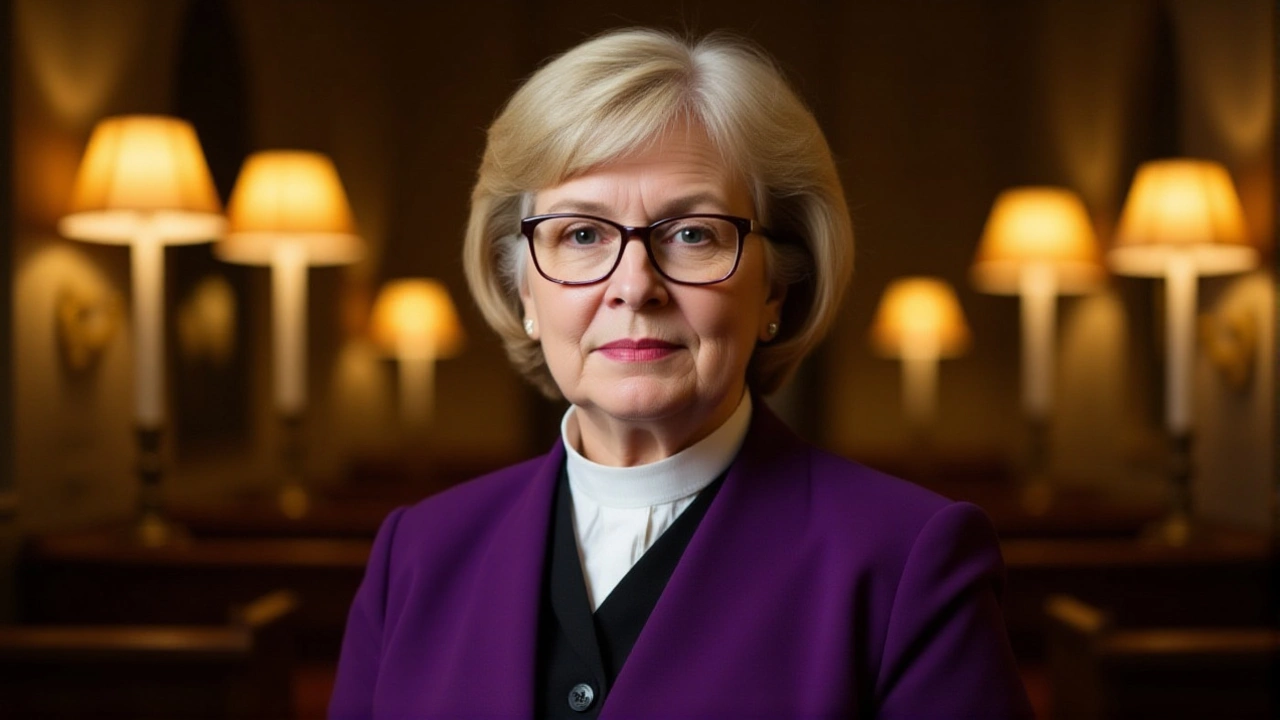Women Bishops – Overview and Insights
When talking about women bishops, female leaders who hold the office of bishop within Christian denominations, especially in the United Kingdom. Also known as female bishops, they shape church policy and pastoral care. The role blends spiritual authority with administrative duties, making it a unique blend of faith and leadership.
The Church of England, the established Anglican church in England. Also called the Anglican Church, it approved the ordination of women as priests in 1992 and later as bishops in 2014, opening the door for today’s leaders.
Ordination is the ceremony that officially places a person into clerical office. Ordination, a formal rite granting authority to perform sacred duties. It requires theological education, mentorship, and approval from senior clergy. This process became accessible to women after the 1992 synod decision, setting the stage for the first woman bishop in 2015.
Gender equality drives much of this shift. Gender equality, the principle that all genders should have equal rights and opportunities. In the church context, it means allowing women to serve at the highest levels of governance. The rise of women bishops reflects broader societal moves toward inclusive leadership.
Since 2015, over a dozen women have been consecrated as bishops across the Anglican Communion in the UK. They serve in dioceses ranging from urban centers like London to rural areas such as Durham. Their presence brings fresh perspectives on issues like community outreach, mental health, and interfaith dialogue.
The episcopacy, the collective body of bishops, benefits from diverse voices. Episcopacy, the office and function of bishops within a church hierarchy. When women join the episcopacy, the council gains experience in family care, education, and social justice that often differ from traditional male‑dominated approaches.
Nevertheless, resistance remains. Some conservatives argue that Scripture restricts the bishop’s role to men, citing historical precedent. Others worry about disrupting long‑standing liturgical practices. These debates highlight the tension between tradition and reform, a dynamic that keeps the conversation alive.
Prominent figures illustrate the impact of women bishops. Rachel Treweek, the first female bishop of Gloucester, emphasizes community building. Libby Lane, the first woman to become a bishop in the Church of England, focuses on nurturing young clergy. Their stories inspire younger women considering ministry and provide tangible examples of effective leadership.
Looking ahead, the trend points toward greater inclusion. Seminaries are adapting curricula to support women’s leadership, and dioceses are actively recruiting female candidates. The next generation will likely see women bishops in senior roles such as archbishops, shaping the national and global Anglican agenda.
The rise of women bishops has sparked lively discussion across parishes, academic circles, and media outlets. It challenges churches to rethink authority, representation, and the very shape of spiritual guidance. As the conversation evolves, practical resources, personal testimonies, and policy updates continue to emerge.
What You’ll Find Below
In the collection that follows, you’ll discover articles that dive into historical milestones, profile leading women bishops, examine the theological arguments for and against their appointment, and explore the social impact of their work. Whether you’re a clergy member, a layperson curious about church leadership, or simply interested in gender equality, the posts below offer a range of insights and real‑world examples.
Browse the list to see how the story of women bishops unfolds across sport, performance, and culture, and how each piece adds a new layer to the ongoing narrative of inclusion within the UK’s religious landscape.

Sarah Mullally Becomes First Female Archbishop of Canterbury
Sarah Mullally becomes the first female Archbishop of Canterbury, sparking hope and controversy as the Church of England confronts historic gender barriers and modern challenges.
Read More